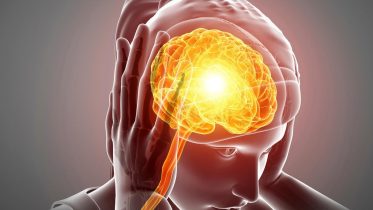New research uncovers a mechanism linking brain proteins to migraines by affecting sensory nerves, offering insights for potential treatments and explaining why migraines typically affect one side of the head. A study reveals a new mechanism where proteins released during migraine auras are transported to sensory nerves, triggering migraines, which could lead to innovative treatments. This discovery explains the one-sided nature of migraines and identifies potential new protein targets for therapies.
A new study has uncovered a previously unidentified process where proteins from the brain are transported to specific sensory nerves, triggering migraine attacks. This discovery could lead to novel treatments for migraines and other types of headaches. More than 800,000 Danes suffer from migraines – a condition characterized by severe headaches in one side of the head.

In around a fourth of all migraine patients, headache attacks are preceded by aura – symptoms from the brain such as temporary visual or sensory disturbances preceding the migraine attack by 5-60 minutes. While we know with some certainty why patients experience aura, it has been a bit of a mystery why they get headaches, and why migraines are one-sided. Till now.
A new study in mice conducted by researchers at the University of Copenhagen, Rigshospitalet, and Bispebjerg Hospital is the first to demonstrate that proteins released from the brain during migraine with aura are carried with cerebrospinal fluid to t.























